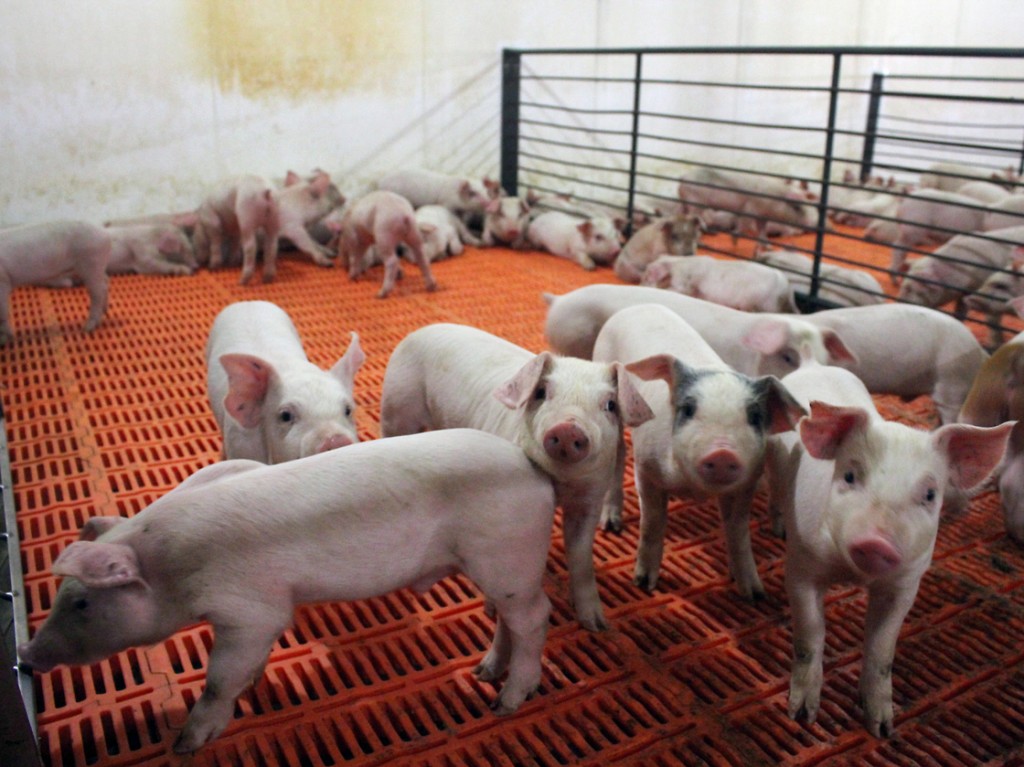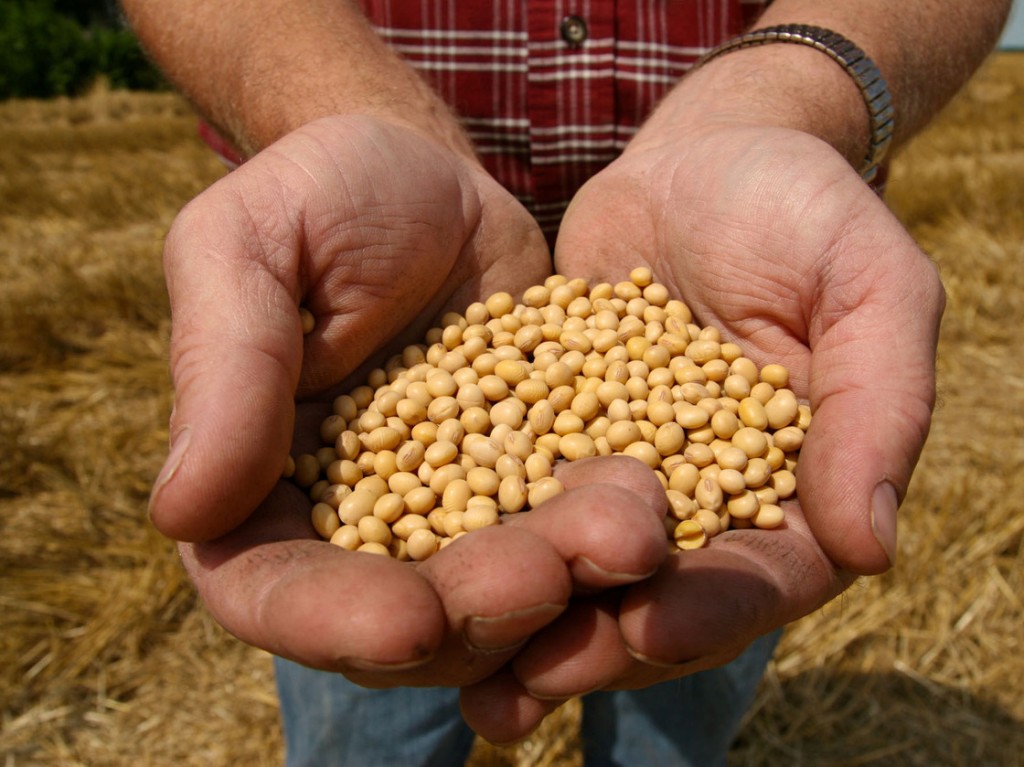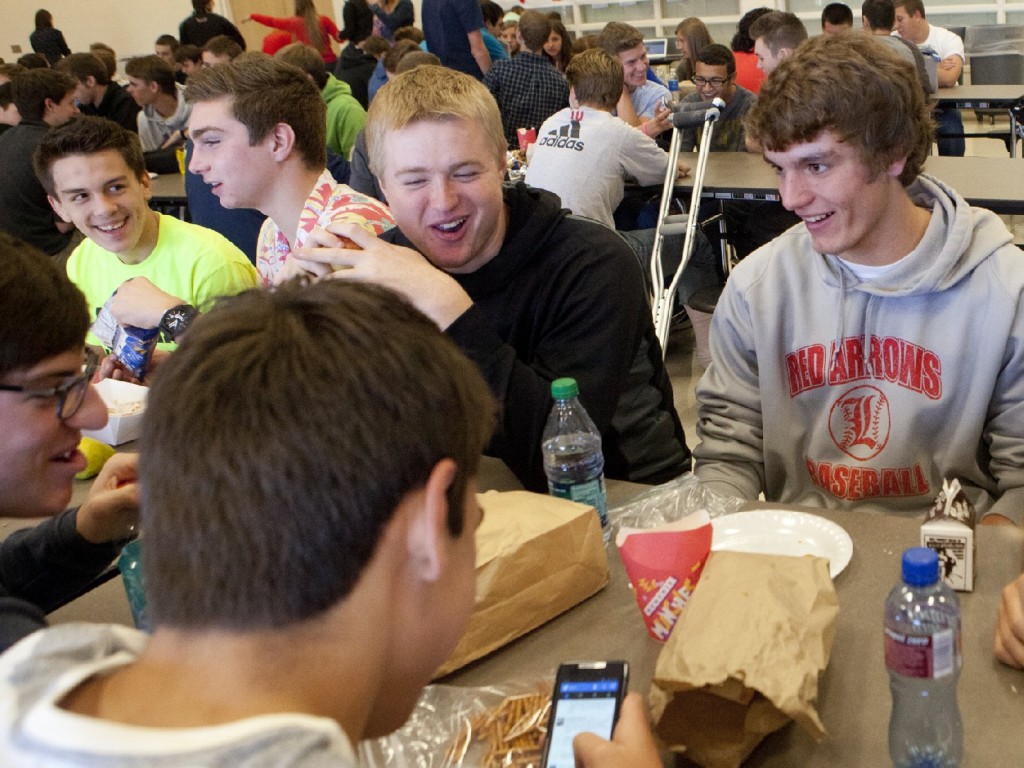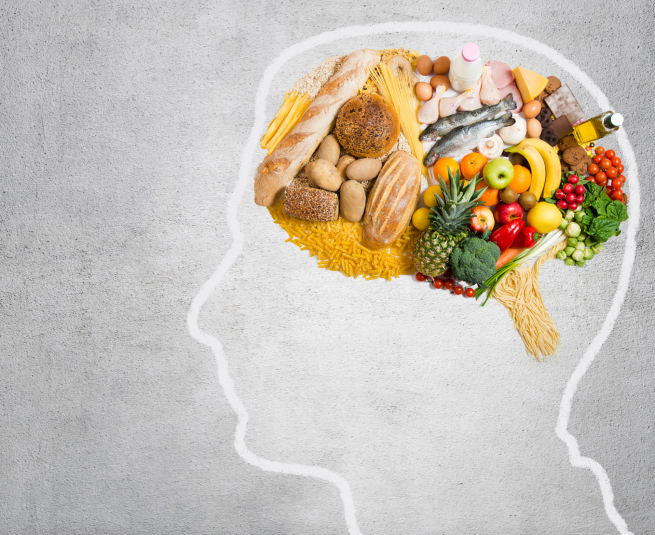
Everyone loves to eat and this year was no exception. But, with technology changing the way we eat and the economy continuing to affect what we eat, some old trends fell by the wayside in 2013 and new issues rose to the surface. Most importantly, we began to finally act on hot topics like antibiotics in our meat and fast food workers' wages. Here were some of the trends that consumed the food industry this year and what we to expect in 2014.

Food Technology: Perhaps it's no surprise, here in the heart of our nation's technology capitol, that even our food got a tech-makeover this year. Smell technologies -- which recreate the smells of foods through smart phones, computers and TVs -- made a big jump forward this year. With smell playing such a large part in our eating experience, scent tech is integral in creating artifical foods that may not be what they appear -- such as a cookie wafer that tastes like steak.
Many of the technologies that came out of Silicon Valley start-ups this year, though, were more mundane than steak cookies. Food is a big business and there's a booming industry in connecting people with that food. New food delivery tech companies launched around-the-clock this year, each trying to find the best (and most profitable) way to deliver food or get take-out without ever leaving your house. Eating is still the domain of the non-robotic, for now, but virtually everything else can be done via the internet. There are apps to pair you with chefs and apps to find you recipes and apps to bring the food to your front door. In 2014, you may not have to be involved in any part of the food experience: Eating? There's an app for that.
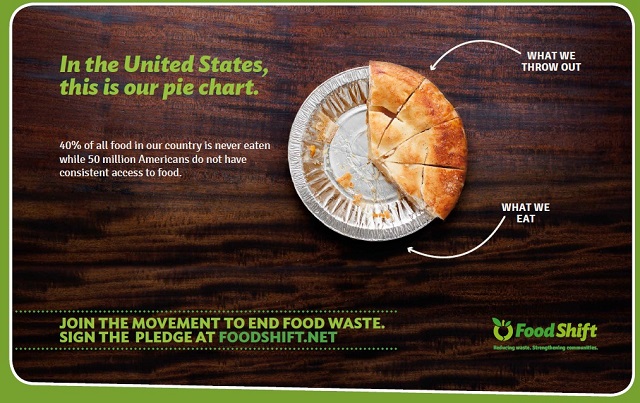
Food Waste: But, as long as we're not robots, we'll still generate waste -- a lot of waste. Nearly 40% of our food is currently being wasted. This year, a number of organizations stepped forward to both reduce that amount of food waste and to re-purpose what is thrown away. Places like Food Shift and Food Runners are taking leftovers from grocery stores and restaurants to those who need the food. Gleaning, the practice of picking up perfectly good food that's left on the ground after a harvest, continued to gain traction around the state and country, going mainstream in 2013. And, of course, there's an app for that too. The leftover app lets people swap leftovers instead of simply throwing them out. There's still plenty of leftovers left, though, to tackle in 2014.
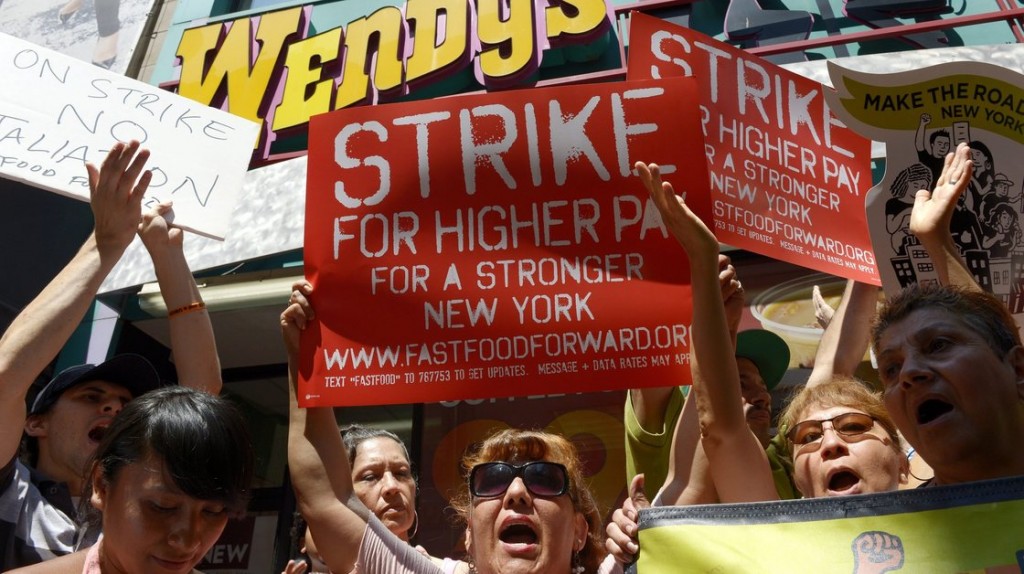
Minimum Wage, Food Stamps and Poverty: The strikes that swept through fast food restaurants this year left many starting to think about the real cost of their cheap food. In April, workers staged a strike in New York, where the minimum wage is $7.25. In July, more fast food employees joined the picket lines to demand a living wage. Earlier this month, workers staged one of the biggest protests yet, focused on the fact that McDonald's has bought luxury jets for its executives but can't afford a raise in the minimum wage for its employees. The movement this year brought attention to (and some action focused on) the cost of supporting people who make less than a living wage. Studies found that over 50% of fast food workers are enrolled in public assistance programs, such as food stamps, in order to afford the very food they serve. It turns out that cheap food isn't really as cheap as it seems. Taxpayers pay $7 billion to support those fast food workers.
